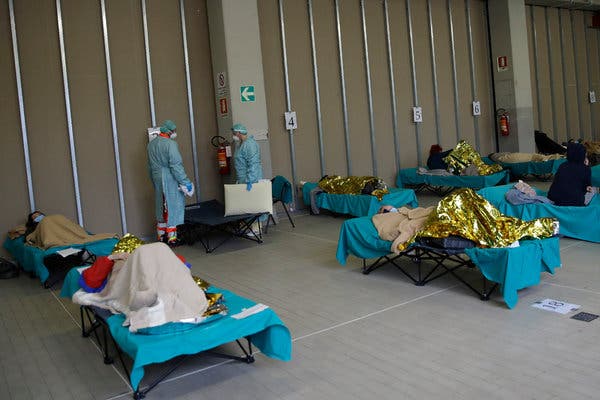Penna Dexter
After the Coronavirus pandemic dissipates, perhaps we’ll ask why some countries got a better handle on patient recovery than others? There are early hints that outcomes have a lot to do with how dependent countries’ systems are on direct government financing of health care.
In Italy, doctors know how to treat severe cases. But they need ventilators in intensive care units. They simply don’t have enough beds or equipment to do the job. Or enough doctors.
We hear of patients languishing in hospital corridors and doctors having to make increasingly tough calls. The New York Times reports that, “For now, the marching orders are: Save scarce resources for those patients who have the greatest chance of survival.”
The Wall Street Journal’s political economics writer Joseph Sternberg says this is less a result of the severity of Covid-19 and more due to Italy’s “long term failure to invest” in its healthcare system.
The Organization for Economic Cooperation and Development measured large European countries’ provision of acute-care hospital beds in 2016. Italy provided 2.62 per 1000 residents. Germany provided 6.06 per 1000. France and the Netherlands provided 3.15 and 3 respectively. Mr. Sternberg points out that the United Kingdom’s “creaking health care system is even worse.” The UK doesn’t distinguish between acute care and regular hospital beds, but, in 2017, it only provided 2.5 total beds per 1000 residents.
Mr. Sternberg suggests that the success in treating severe Covid-19 cases has been baked in over many years as countries decided how much to rely on central planning for health care.
In 2017, UK direct government spending comprised 78 percent of total dollars spent on health care. In Italy, the proportion was 74 percent. In Germany and France, where citizens are required to have insurance, direct government spending is 6 and 5 percent respectively.
The results of all this will be “food for thought” for American voters.

 Listen Online
Listen Online Watch Online
Watch Online Find a Station in Your Area
Find a Station in Your Area










 Listen Now
Listen Now Watch Online
Watch Online
